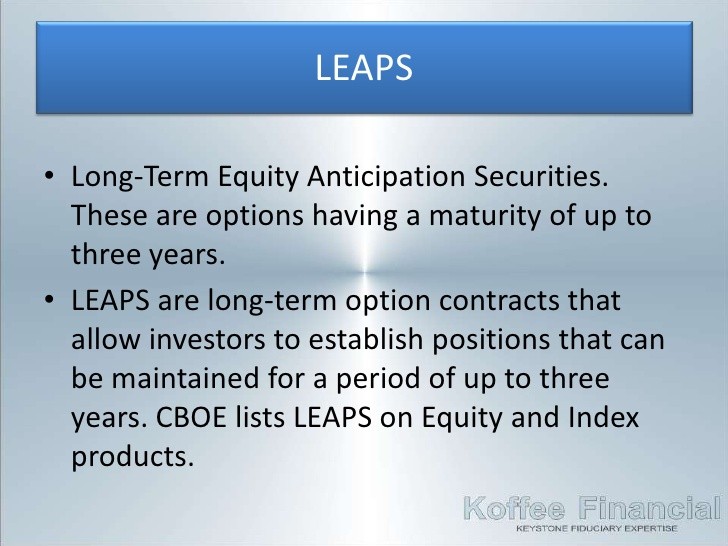6 Types of Equity Derivatives and Their Advantages
Post on: 24 Июль, 2015 No Comment

Derivatives can be a tough nut to crack. While used in day to day transactions between investment banks they are used far less often by individual investors. Understanding how they work, however, will give you a better grasp on the complexities of the stock market. Equity derivatives, for instance, are a particular type of financial derivative that takes its value from stocks and stock indexes. There are several different types of equity derivative; including options, warrants, futures, forwards, convertible bonds, and swaps. Each has its advantages, and each is often used in a particular situation.
Options
An option is a contract that gives an investor the right to trade shares of stock at a particular price (strike price). The contract does not, however, obligate the investor to actually make a purchase (call option) or a sale (put option). Options can be used by investors who already own shares of stock (referred to as a covered option), but can also be used by investors who do not currently own stock. The option contract specifies whether the option is a call or put, the number of shares in question, the strike price, the contract’s expiration date, and any terms related to settling a closed position. The price of the option, referred to as the premium, varies according to the expiration date, the volatility of the stock and the strike price. This type of equity derivative can be used to hedge risk.
Warrants
Similar to options, warrants grant the holder the right but not the obligation to buy the underlying asset (stock) at a specific future date. Unlike options, warrants are issued by a company rather than an investor, and are offered to holders of company bonds and preferred stock. A warrant allows an investor to purchase (call warrant) or sell shares (put warrant) of a company’s stock at a certain price, often much higher than the price at the time the warrant was issued. A company issuing a warrant can improve the yield on its bonds, and providing an investor the option of purchasing or selling stock later on often reduces the interest rate or dividend that the investor will receive.
Futures
A future is a contract between two parties in which one party (the buyer) agrees to buy the underlying security at a future date and price. While similar to an option, purchasing a futures contract creates an obligation instead of a right. In other words, the buyer must purchase the stock when the futures contact reaches the agreed upon date. The buyer does not have the option of letting the contract expire without making the purchase. The seller also must sell the stock. Futures are traded on an exchange.
Forwards

A forward is similar to a future in that it creates an obligation between two parties to exchange a stock on a particular date and at a particular price. Unlike a futures contract, a forwards contract only results in stocks and money being exchanged on the settlement date. A futures contract is settled each day, creating a series of cash flows rather one a forward contract’s one cash flow. The price of the forward contract is not the same as the spot price, and the difference between the two prices is referred to as the forward premium. Forwards are traded over-the-counter (OTC).
Convertible bonds
This is a type of bond that allows its holder to convert the bond into equity (stock) in the underlying company. The derivative still has the features of a bond, such as a coupon and a maturity date, but also contains the conversion rate and price in which the bond can be exchanged. These bonds are generally considered safer than common stock because of its bond provisions, and can be used in a convertible arbitrage strategy (simultaneous purchase of a company’s convertible bond and shorting of the company’s stock). Convertible bonds come in many variations, including vanillas, exchangeables, mandatory exchangeables, contingents, hybrids and reverse convertibles.
Swaps
An equity swap is an agreement between two parties in which the cash flows from two different assets are exchanged. One of the cash flows comes from an equity index (hence equity swap), such as the S&P 500 or FTSE, while the other will be pegged to the return on another stock or index, or even to a fixed or floating rate. Equity swaps are often used to avoid the transaction costs associated with the purchase or sale of stocks, and provide an investor with cash flows similar to the returns that a stock would bring.














